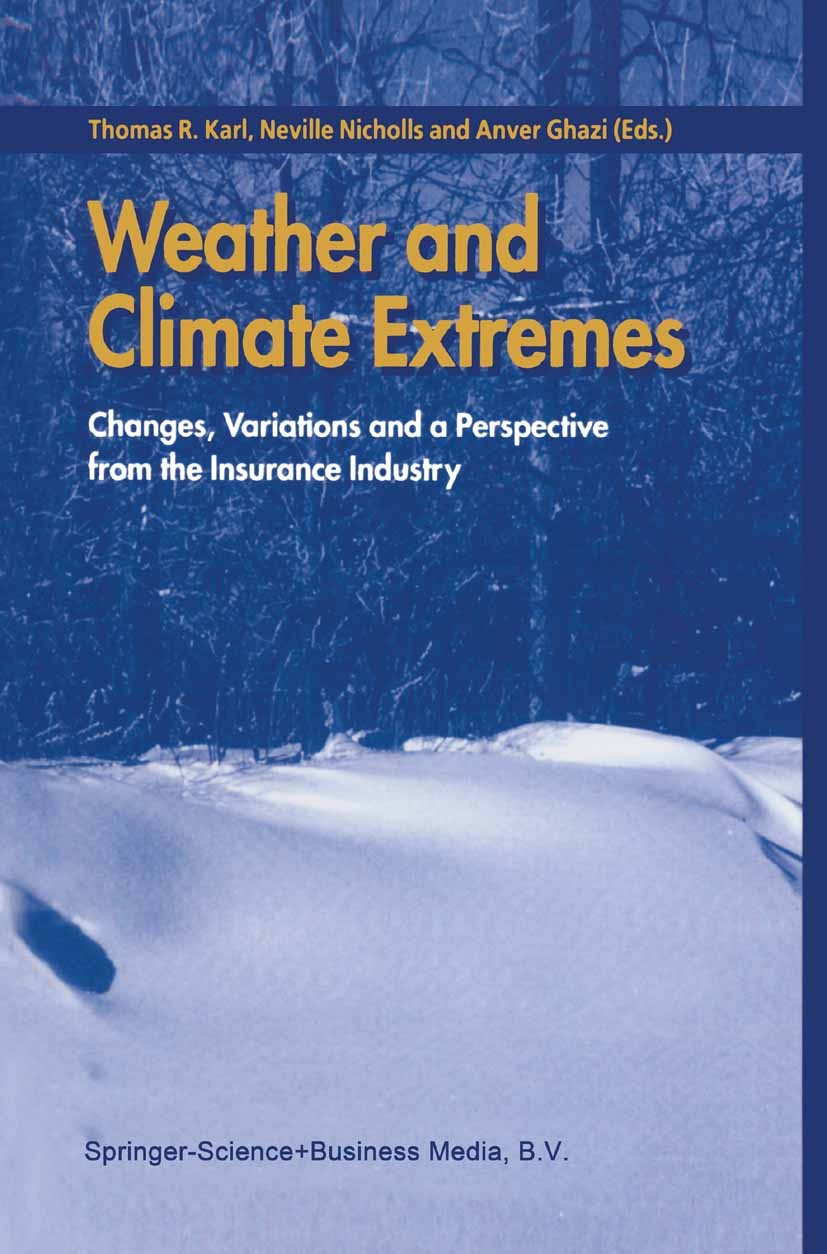了解干旱的发生:是什么使突发性干旱与常规干旱不同?
IF 6.9
1区 地球科学
Q1 METEOROLOGY & ATMOSPHERIC SCIENCES
引用次数: 0
摘要
本研究考察了干旱发生的时间尺度,以了解快速发生的干旱(称为骤发干旱)和更常规的缓慢发生的干旱之间的差异。使用基于土壤湿度的干旱识别方法,我们表明澳大利亚大部分地区的土壤湿度可以在一个月内从接近正常的状态过渡到干旱状态。非快速干旱(这里称为常规干旱)的中位持续时间为30天,而快速干旱(这里称为突发性干旱)的中位持续时间约为15天,这表明两种干旱类型的发生时间尺度差异相对较小。此外,我们的研究结果表明,在突发性干旱发生期间,降水和蒸发条件的变化与导致常规干旱发生的变化没有太大不同。然而,突发性干旱的发展与导致干旱条件的这些变量的较大程度的异常有关。在突然性干旱期间,这些较大的异常会迅速降低土壤湿度,如果没有足够的早期预警,可能会对植被健康造成损害。虽然造成暴发性干旱的机制多种多样,但我们在这里表明,大多数暴发性干旱主要与异常低降水、入射太阳辐射增强(低云量)和大蒸汽压差(低相对湿度)的共同影响有关。这些结果强调需要更新现有的干旱监测系统,以便考虑到更现实的干旱发生时间尺度,从而更好地进行早期预警和准备。本文章由计算机程序翻译,如有差异,请以英文原文为准。
Understanding drought onset: What makes flash droughts different from conventional droughts?
This study examines the timescales of drought onset to understand the differences between rapid onset droughts, called flash droughts, and the more conventional slow-onset droughts. Using a soil moisture-based drought identification approach, we show that soil moisture across most of Australia can transition from near-normal to drought conditions within one month’s time. The median duration for non-rapid drought onset, here called a conventional drought, is 30 days, while the rapid onset drought, here called a flash drought, takes around 15 days, indicating that the difference in onset timescales of the two drought types is relatively small. Further, our findings reveal that changes to precipitation and evaporative conditions during a flash drought onset are not very different from those that cause a conventional drought onset. However, flash drought development is associated with larger magnitude of anomalies of those variables leading to drought conditions. These larger anomalies during flash droughts reduce soil moisture rapidly, with a potential to cause damage to vegetation health without sufficient early warning. Although there is a diversity in the mechanisms causing flash droughts, we show here that the majority of the flash droughts are primarily related to the joint influence of abnormally low precipitation and heightened incoming solar radiation (low cloud cover) and large vapour pressure deficits (low relative humidity). The results emphasise the need to update existing drought monitoring systems to account for more realistic timescales of drought onsets for better early warning and preparedness.
求助全文
通过发布文献求助,成功后即可免费获取论文全文。
去求助
来源期刊

Weather and Climate Extremes
Earth and Planetary Sciences-Atmospheric Science
CiteScore
11.00
自引率
7.50%
发文量
102
审稿时长
33 weeks
期刊介绍:
Weather and Climate Extremes
Target Audience:
Academics
Decision makers
International development agencies
Non-governmental organizations (NGOs)
Civil society
Focus Areas:
Research in weather and climate extremes
Monitoring and early warning systems
Assessment of vulnerability and impacts
Developing and implementing intervention policies
Effective risk management and adaptation practices
Engagement of local communities in adopting coping strategies
Information and communication strategies tailored to local and regional needs and circumstances
 求助内容:
求助内容: 应助结果提醒方式:
应助结果提醒方式:


